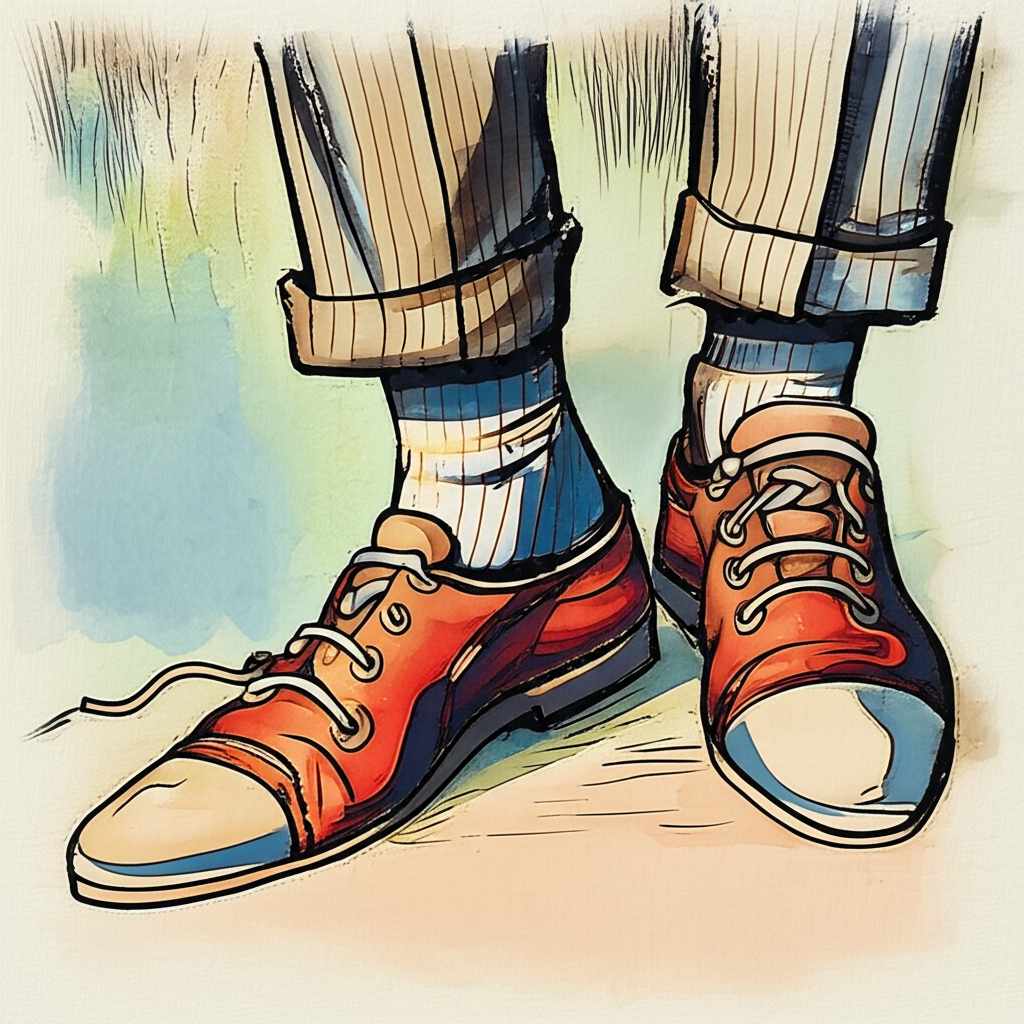
The superstition surrounding loose or broken shoelaces extends beyond the simple inconvenience of a potential tripping hazard, weaving through history, cultural beliefs, and evolving interpretations. This essay explores the origins, development, and modern understanding of this enduring belief.
The perception that stumbling or tripping is an omen of impending misfortune dates back to ancient Rome. In 45 BC, the Roman philosopher and statesman Cicero, in his work De Divinatione, included ‘stumbling, breaking a shoe-latchet, and sneezing’ among events noted with superstitious significance. Legend further attributes the superstition to the Roman Emperor Augustus, who purportedly stumbled on his caligae sandal laces while escaping an assassination attempt, narrowly avoiding death. This association cemented the distrust of untied shoelaces as a harbinger of potential danger.
During the 17th and 18th centuries in Europe, the negative connotation of untied laces deepened. The Oxford shoe, favored by dandyish men, even when well-tied, was viewed by some as a sign of declining morality and masculinity, contrasting sharply with the robust buckles preferred by those perceived as more masculine. This association tied the appearance of untied laces to societal anxieties and shifting values.
As life became generally less precarious, the omens associated with loose laces evolved. What was once a sign of death or disaster took on a lighter, more whimsical tone. Young women began to interpret a loose shoelace as a sign that their sweetheart was thinking of them. More broadly, if the left shoelace came undone, it was believed that someone was speaking ill of you; conversely, a loose right shoelace signified that someone was singing your praises. Dreaming of an untied shoelace remained a negative omen, while the appearance of a knot in a lace was considered good luck.
A folk remedy for counteracting the bad luck associated with a loose shoelace involved removing the shoe entirely and throwing it in the direction of someone you wished well. This act aimed to redirect the negative energy towards a positive outcome. This custom is related to the 16th century tradition of tying shoes to the back of newly-weds’ cars for good luck. Described by proverb collector John Heywood in his Dialogue of the Effectual Proverbs in the English Tongue Concerning Marriage, published in 1598, the practice is documented as ‘And home again hitherwards quicke as a bee, now for good luck, cast an old shoe after me.’
In modern interpretations, the superstition surrounding loose or broken shoelaces is often viewed with a mixture of amusement and mild anxiety. While many may not consciously adhere to the older beliefs of impending doom, the act of a shoelace coming undone can still trigger a sense of unease, perhaps rooted in the deep-seated historical and cultural associations. The superstition, therefore, endures as a subtle reminder of the human tendency to seek meaning and find patterns in everyday occurrences.